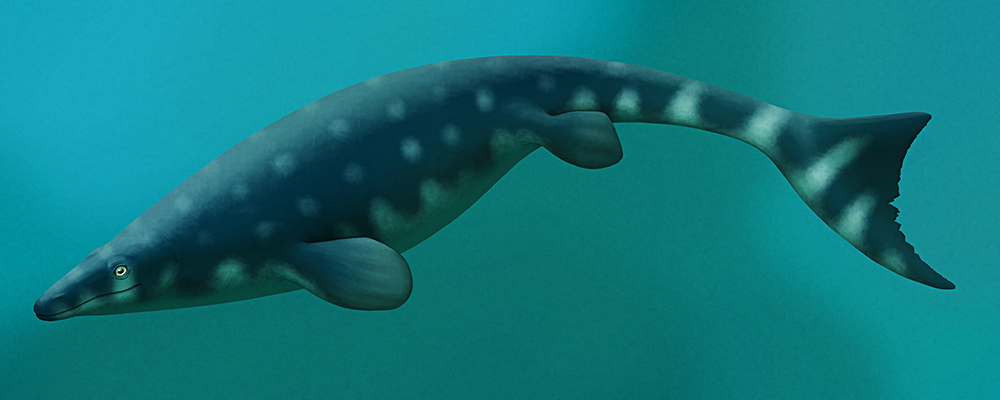Numerous groups of reptiles have “returned to the water” and become aquatic over the last three hundred million years, but tracing their direct ancestry can be surprisingly difficult. Highly modified and specialized anatomy, lack of transitional forms, and similar features convergently evolving multiple times can all obscure relationships, making it hard to properly classify them.
We’re only just starting to figure out the true origin of turtles (they’re probably archosauromorphs), and they’re a marine reptile group with living members.
Some of the completely extinct ones are even more uncertain. For example: mosasaurs. (Represented here by the eponymous Mosasaurus.)
While some semi-aquatic early mosasaurs are known, and they seem to be closely related to aigialosaurs and dolichosaurs, their exact placement within the squamates is a lot less clear. Traditionally they were regarded as the sister group to snakes, but some studies have found them to be closer to monitor lizards instead, and others have even placed them as much more basal scleroglossans. Their classification in phylogenetic analyses is “highly unstable”, changing depending on what other reptile groups are included, so there’s no real current consensus.
(And even if they are most closely related to snakes, that doesn’t necessarily help much – the exact origin and evolution of snakes is still very poorly known, too!)

